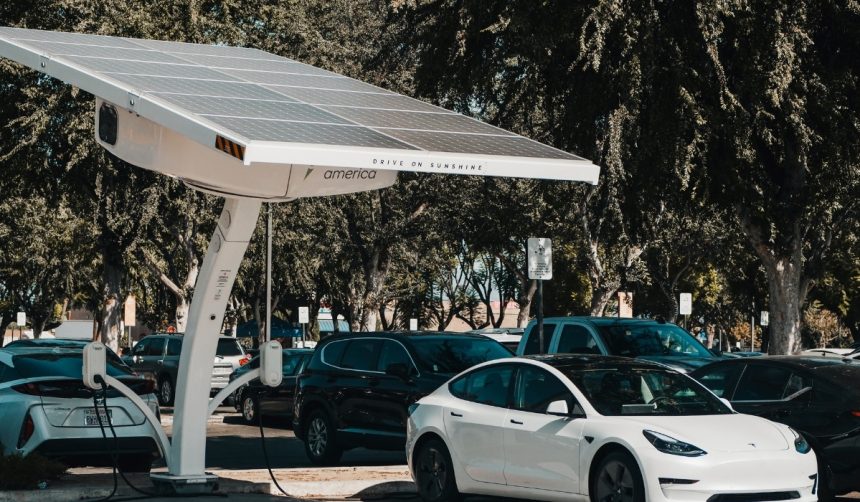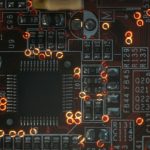A violent incident unfolded at an Idaho rally where a Tesla supporter, carrying pro-Donald Trump flags, was struck by a vehicle driven by a member of the “Tesla Takedown” movement. The 49-year-old counter-protester was attending to express his views when the altercation occurred. The event highlights growing tensions surrounding high-profile figures and companies, reflecting broader societal divisions. Local authorities are now intensifying efforts to ensure peace at public demonstrations.
Incidents like this are becoming more frequent, signaling an escalation in protest-related violence. Previously, similar confrontations have occurred, indicating a persistent issue with maintaining safety and order during politically charged events. The increasing polarization may be contributing to more aggressive behaviors among protest groups, necessitating stronger law enforcement responses.
What Triggered the Collision?
The collision was reportedly initiated when Christopher Talbot, a 70-year-old member of the “Tesla Takedown” group, made an obscene gesture towards the counter-protester before striking him with his vehicle. This aggressive behavior underscores the intensity of emotions and convictions held by participants on both sides of the debate surrounding Elon Musk and Tesla.
How Are Authorities Responding?
“The Meridian Police Department reminds people to respect everyone’s right to protest and express their 1st Amendment Rights without resorting to violence.”
Officials are emphasizing the importance of peaceful demonstrations while acknowledging the need to address violent actions promptly. They are considering stricter measures to prevent future incidents and maintain public safety.
What Are the Broader Implications?
The event may influence public perception of both Tesla’s brand and the broader discourse around free speech and protest. As tensions rise, the line between peaceful protest and violent confrontation becomes increasingly blurred, potentially impacting Tesla owners and supporters who fear becoming targets of similar aggression.
Ensuring the safety of all participants in public demonstrations is crucial. Law enforcement agencies are tasked with balancing the protection of free speech rights with the prevention of violence. Community leaders and organizations may need to work together to promote dialogue and reduce tensions between opposing groups.
Driving a Tesla no longer guarantees immunity from political backlash, as vehicle choice becomes entangled in broader political and social conflicts. Understanding individual motivations for such choices is essential in addressing the root causes of these confrontations.
Recognizing that vehicle preferences are often based on personal lifestyle rather than political allegiance can help in reducing unwarranted tensions. Encouraging respectful discourse and understanding diverse perspectives is essential for peaceful coexistence in increasingly polarized environments.
Addressing the rise in protest-related violence requires a multifaceted approach involving law enforcement, community engagement, and proactive measures to de-escalate potential conflicts. By fostering a culture of respect and dialogue, society can work towards minimizing such incidents and promoting harmonious public spaces.










